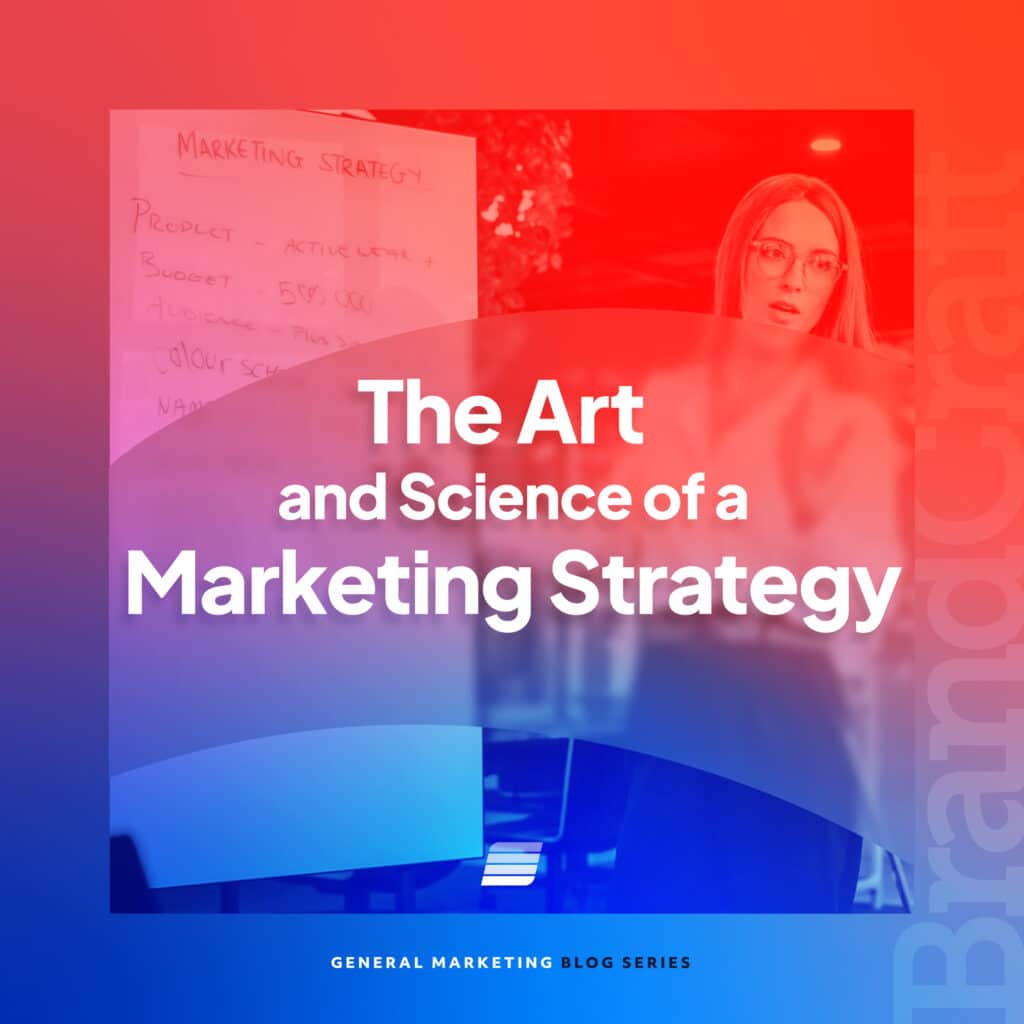The Importance of Search Impression Share in Google Ads
August 23, 2022

An advertiser’s main goal when running Google Ads campaigns is to drive conversions, and the first step to doing so is for their ad to show and clicked on. Google’s search results offer stiff competition for both ad space and organic rankings, with businesses and organizations working hard to optimize their campaigns and landing pages to rank higher than their competition. This is where search impression share comes in.
What is search impression share (SIS)?
So how does search impression share fit into this? Search impression share shows the rate of impressions your ads showed over the number of eligible impressions overall. Essentially, it’s showing what cut of the pie your ads showed in the competition for ad space in the SERPs.
Google’s algorithms determines search impression share and where your quality score, bid strategy, location targeting, and budget compare to the competition in that same auction. A daily determination, SIS looks at the campaign, ad group, and product group (for shopping ads) levels.
This begs the question – why is it important for your campaign’s success?
Shed light on your competitive landscape
It’s often referenced that 46% of all clicks on search results are attributed to the first three spots. Typically Google designates those spots for ad space. This makes it all the more crucial to rank top in those search results.
The auction insights report on the Google Ads platform offers visibility into how other sites stack up in the impression share landscape in comparison to your own. As well as how often your ads show at the top of the page, outranking share, and so much more. The companies that show up on this report often align closely with yours as you’re both in the same ads’ auctions based on targeted keywords or product listings.

If you notice companies in the report that do not align with your industry, it’s time to do an audit of search terms to optimize keywords and negative keyword mapping. For example, if you’re a dash cam company and your competitors are security doorbell cameras, it’s probably time to do a keyword and search term audit to see why you’re in the same auctions as those companies.
Another benefit to the search impression share report is that you can see how you’re stacking up against top competitors in your industry and which ones are showing more eligible impressions than you are. This can help shed light on some performance issues if you’re noticing more competitors in the report month over month or seeing some competitors rising in SIS.
Find opportunities for lost SIS
When you’re experiencing drops in search impression share or struggling to rise in the ranks among competitors, Google offers other criteria that may help solve why your SIS isn’t improving. The two helpful metrics Google calculates daily for your campaigns are Search Lost IS (budget) and Search IS lost (rank). Both can tell you a valuable story on why performance may be lacking in your campaign.

Search lost IS (budget)
Search lost IS (budget) is a metric calculated by Google that estimates how many impressions were lost because of budget constraints. This is extremely beneficial to know because if your Search lost IS (rank) is 0% but the Search lost IS (budget) is 78% for a campaign, you know that the budget is holding you back from receiving more impressions on your ads and decreasing your SIS overall. With that, it makes it easier and more reassuring when considering budget changes because you know whether or not the budget is factoring into a loss of impressions.
Search lost IS (rank)
Search lost IS (rank) is also calculated by Google and is an estimate of how often your ad wasn’t shown on Google search because of a low Ad Rank. As a reminder, several factors determine ad rank including bid, ad and landing page relevance, quality, keyword targeting, expected impact of extensions, etc.
Because several factors can cause low Ad Rank, to increase it will take some testing and patience. The first step is to audit the campaign and ad setup. Then start implementing changes, making notes of any changes to Ad Rank to gain a better understanding of which change led to better performance and to see what area was hurting your campaign.
Key Takeaways
Search impression share can offer valuable insights into your campaign’s health by shedding light into:
- Competitive landscape
- Industry scope for targeted keywords
- Budget reach and shortcomings
- Ad rank and areas of opportunities
Ready to learn more about ways to increase reach with your Google Ads campaigns? BrandCraft is here to help. Connect with us and talk to a Brand Strategist today.







